
Fruita, Colorado, needs no introduction. The transformation of this small farming town into one of the foremost mountain bike destinations in the world is the stuff of legends, and the story has been told and re-told over the decades.
Despite Fruita’s immense popularity, the town and local trail advocates have had a difficult time keeping up with the immense popularity and crushing demand that these trails have garnered. During the late 2010s and the COVID years, the North Fruita Desert Trail System (once referred to simply as “18 Road” after the road that provides access to this area of the desert) was overrun by passionate mountain bikers who, in their pursuit of the love of mountain biking, had an immense negative impact on both the dispersed camping areas and the trails of the North Fruita Desert.
While I didn’t personally camp in the North Fruita Desert during those infamous years, I did drive out one evening during the peak spring season of 2019 to share a campfire with friends in “the party ditch.” I was shocked and dismayed to observe first-hand the shocking environmental impact and careless disregard for the land as literally hundreds of people trampled the desert in their desire to enjoy Fruita’s fantastic trails.
Thankfully, a plan was already in the works to help resolve this problem. The City of Fruita, the Bureau of Land Management (BLM), Mesa County, and the Colorado Plateau Mountain Bike Trail Association (COPMOBA) were already working to address the limited camping availability and the packed trails in the North Fruita Desert. This ambitious plan called for a dramatic expansion of the campground, improvements to the rough road leading into this area of the desert, and an additional 32 miles of singletrack—almost doubling the total trail mileage in the North Fruita Desert.

E-bike access complicated the approval process
Work on the new master plan for the area began in 2018, but construction on the new trails wouldn’t begin until April 2022. The Environmental Assessment (EA) took such a long time to complete due to a complicated reviews process. According to Ross Mittelman, Trails Coordinator for Mesa County Public Health, one of the main hang-ups in the approval process was a debate over e-bike trail access.
These same boom years for mountain biking broadly coincided with the rise of the eMTB, and despite all of the non-motorized trails in Mesa County being closed to e-bikes, that didn’t stop e-bike owners who had paid thousands of dollars for their motorized assistance from poaching non-motorized trails. The new North Fruita Desert master plan provided an opportunity for the BLM to address this pent-up demand.
“As far as the BLM was concerned, the North Fruita Desert was kind of low-hanging fruit in terms of e-bike analysis,” said John Howe, President of COPMOBA. “The mountain bike trails are technically non-motorized, but the overall area from the Resource Management Plan was never designated as non-motorized. The SRMA is surrounded by a motorized use area. In the planning documents, that was never changed. So BLM did not have to jump through the hoops of changing their resource management plan designation for that area.”
Ultimately the EA not only approved the addition of 32 new miles of singletrack, but it also provided legal access for Class 1 e-bikes to all current and future singletrack trails in the North Fruita Desert.
Today, the North Fruita Desert is an e-biking oasis in a barren desert filled with “no e-bike” signs.
The other two major non-motorized trail systems in Mesa County—the Kokopelli Trail System in Loma and the Lunch Loops Trail System in Grand Junction—are both off-limits to e-bikes. (There are some singletrack trails connected to Lunch Loops that are open to e-bikes, but they are fully motorized routes that are open to dirt bikes as well.) Nearby Moab also bans e-bikes from all non-motorized trails. As a result, Fruita has quickly become an even more attractive destination for e-bikers who want to obey the law.

What’s the status of the 32 miles of fresh singletrack?
Even though the EA was delayed, at the time of this writing, most of the new trails in the North Fruita Desert are now open and ready to ride!
Mesa County’s four-person in-house trail crew was on the ground the moment the EA was signed in April 2022. The Mesa County crew built “nine miles of the 32,” according to Mittelman. “Volunteers have probably built another three or four-ish, maybe. And then we also got a construction grant from Colorado Parks and Wildlife to pay Singletrack Trails, which has built close to 13 miles to date—and they have a few more miles to go.”
COPMOBA organized crews of volunteers for many of the hand-built portions of the trail system, and Roam Fest has also donated substantial labor to help with the build-out.
Once Singletrack Trails finishes with their contracted work, there will only be three more miles left to build in one final trail. “It’ll be a more technical, ideally iconic, trail up at the base of the Book Cliffs on the outskirts of the system,” said Mittelman. Currently, Mesa County plans to build that trail in the fall. Aside from that final trail, everything else should be finished either by the time you’re reading this article or shortly hereafter.
I couldn’t report this story and not check out the fresh dirt for myself, so I road tripped to Fruita to put tires to dirt.

Just how good are these new Fruita trails?
I spent a couple of days in April camping and riding in the North Fruita Desert to get a first-hand perspective on the new trail development in this famous trail system. I got to enjoy the expanded campground, which now includes a dedicated events space in what was once the party ditch, group camping, additional private campsites, and more much-needed bathrooms. Howe noted that these campground improvements were all funded by the camping fees that the BLM has collected over the years, since all fees collected at the North Fruita Desert Campground have to be spent to improve the area.
The first thing I noticed, since it had been a few years since I’d ridden in the North Fruita Desert, is that not only are all the trails open to e-bikes, but (almost) all of the trails are now one-way only. This transformation to directional trails isn’t due to the e-bike legalization, but rather the “sheer number of users out there,” according to Howe. Instead of worrying about high-speed, head-on collisions, one-way trails help spread out trail users, reduce user conflict, and improve the trail experience for everyone.
All of the iconic descents, such as Zippity Do Dah, Joe’s Ridge, and PBR, have been designated as downhill-only. But reaching these iconic descents is now a bit of a problem—100% of the traffic can’t be routed up Prime Cut.
As a result, most of the new trails that have been built as a part of this master plan are one-way climbing routes to reach the tops of the historic descents. There’s a new climbing trail to reach the top of Zippity Do Dah, a new trail to the top of Joe’s Ridge, and a third climbing route leading to the top of the new descending trail (more on that in a minute).
Right now, it’s a bit awkward to talk about these trails, as final names have not yet been assigned. The climbing route to Zippity Do Dah is currently designated P.2, the route to Joe’s is C.2, and the route to the new descending trail is E.2. If you’ve ridden the new trails, you can now submit trail name suggestions.
P.2 and C.2, in particular, are masterfully-sculpted machine-built climbing trails. Singletrack Trails had to move an incredible amount of dirt to cut these flowy, carefully-graded climbing routes into the steep sides of the desert ridges.

Unfortunately, some of these machine cuts look downright ugly and appear to mar the landscape. However, Fruita has long struggled with “keeping singletrack single,” as both cows and riders would widen trails. Cows can’t be controlled, and riders would often go wide around each other to pass, creating trail braiding. This trail damage was well-documented on trails like Prime Cut, which run through flat areas. The best way to prevent trail widening (and to manage water and reduce erosion) is to build a modern, bench-cut trail on a hillside instead of scratching singletrack into the desert flats.
While it’s clear why these trails were built the way they were, some of them look a bit ugly at this time. Thankfully, even in this arid landscape, plant life will regrow on the visible cuts as the trails age.
Ugly or not, these trails provide enjoyable climbs to access the iconic descents. It’s now also much easier to access Zippity Do Dah, instead of taking a longer circuitous route to reach the top. Riders who want to bang out a quick lap on Zippity or Joe’s can do so in less than an hour—way less if they have the assistance of a motor.




The new crown jewel: E.4
E.4 is far from an inspiring trail name, so hopefully the final name that’s eventually chosen for this new trail will accurately reflect just how fantastic it is. E.4 is quickly becoming the new favorite downhill in the North Fruita Desert.
This expertly-built flow trail is essentially a bigger, better version of PBR. While in its heyday PBR was innovative and groundbreaking, it now seems small and outdated. E.4 epitomizes modern flow trail design throughout its entire length, with endless berms, table top jumps, rollers, small doubles, step downs, hips, and more.
In keeping with Fruita’s reputation as a beginner-friendly destination, E.4 is very much a beginner flow trail. All features can easily be rolled, and frankly, most of the jumps are still fairly small. At the bottom of the trail, there are a few intermediate-sized tabletop jumps that can be reached quickly from the lower camping area for evening dirt jump sessions. But aside from the larger jumps at the end, all of the hits built into the main trail are fairly small.
That doesn’t make this descent any less fun! The kinesthetic swoop and flow through the bermed corners, rollers, and drops is sublime. I personally appreciated how many of the step-down drops were artfully incorporated into the landscape, working with the natural rolls and dips in the terrain instead of against them.
Since E.4 does have to work with the terrain, there is a short uphill pedal in the middle that harshes the flow a bit, but it’s necessary to cross the ridge and drop into the next drainage to return to the campground.
As mentioned above, there’s a new uphill climbing trail labeled “E.2” that can be used to reach the top of E.4. E.2 is very much a hand-built trail, which blends into the landscape much better than P.2 and C.2. However, that’s due in large part to the terrain where E.2 is located.
Finally, P.9 was also built to help manage the flow of trail traffic. This new addition parallels the Frontside trail, which used to be overburdened by traffic running across the upper end of the trail system—either to reach Zippity or Joe’s or to return from Western Zippity. P.9 is already helping to spread out this traffic. It differs from all of the other trails mentioned already, as it runs across the mountainside instead of either up or down. On the way across, there are a few short but sweet descents mixed in, including a high speed bobsled run through the bottom of a narrow canyon. While that descent is over all too quickly, this short romp down a narrow canyon is unlike anything else that exists in Fruita. If the planned P.4 trail is anything like P.9, it will be a massive gem in Fruita’s trail crown!

But wait! There’s more…
With over 60 miles of non-motorized singletrack, the North Fruita Desert is now a destination unto itself—especially for e-bikers. But COPMOBA and Mesa County aren’t done yet. As the largest population center on the Western Slope, Grand Junction continues to expand and attract thousands of mountain bikers—both residents and tourists alike. These local trail advocates are working hard to meet demand.
COPMOBA is already in the early stages of drafting a new trail proposal for the Kokopelli Trails in Loma, just a few miles from Fruita. While Howe emphasized that they’re still in the early stages and are nowhere near shovel-ready, a group of locals has already laid out an extensive addition to the trail network.
Just how big?
“Very comparable to 18 Road,” said Howe. “If everything went through, it would be a pretty considerable increase, probably along the lines of doubling. But we may have to throttle back that density a little bit to get it approved.”
After Kokopelli, an expansion of the Lunch Loops is also on the horizon, according to Howe. COPMOBA continues to capitalize on their success—they aren’t quitting anytime soon!


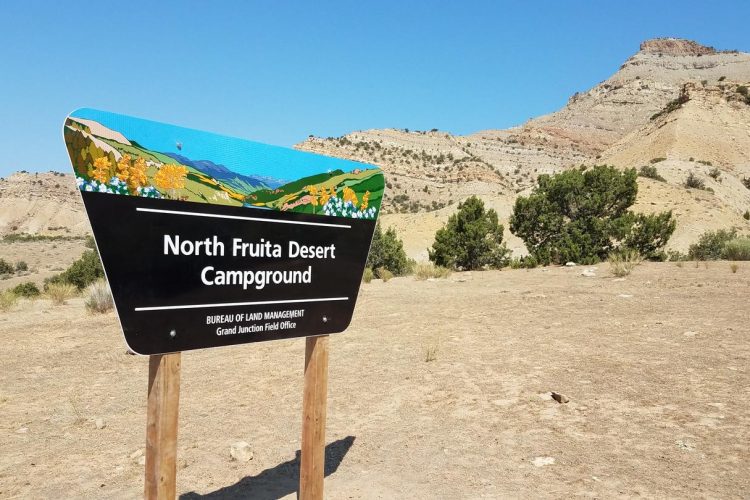


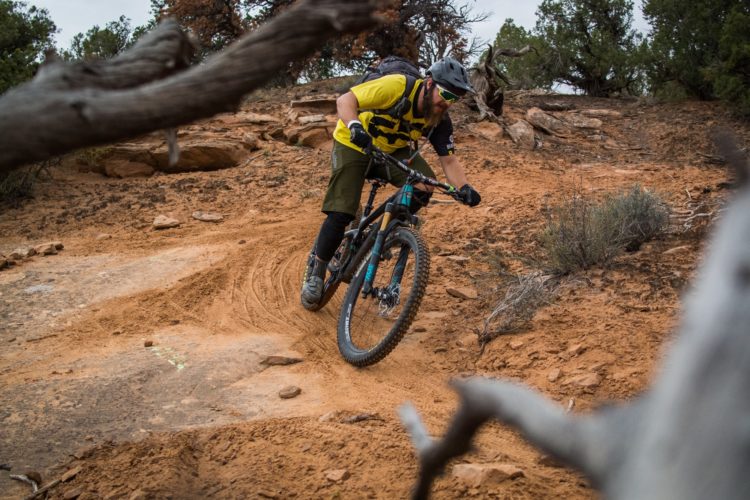
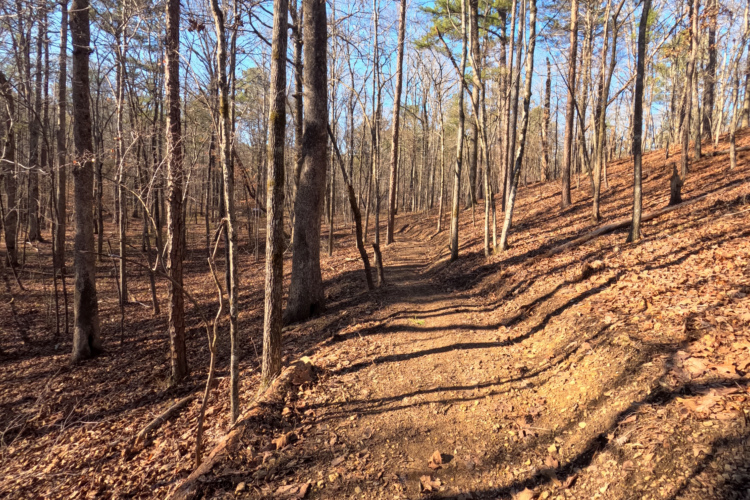
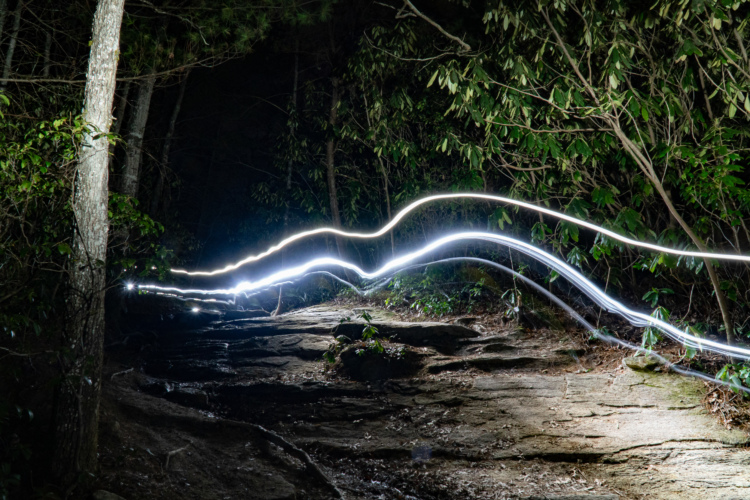
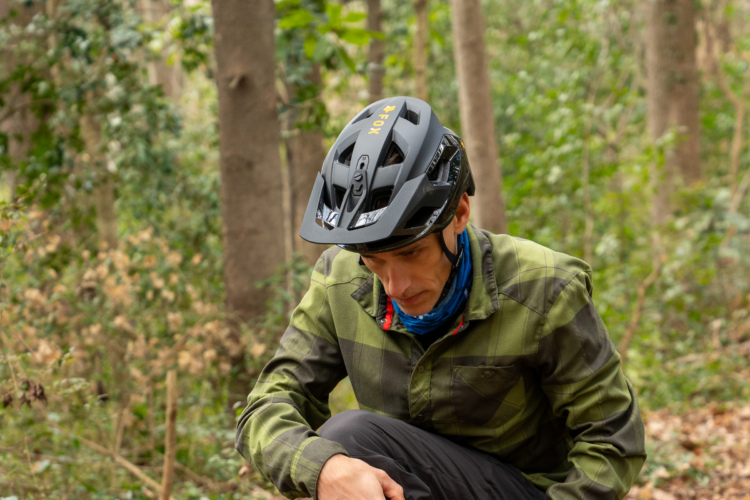
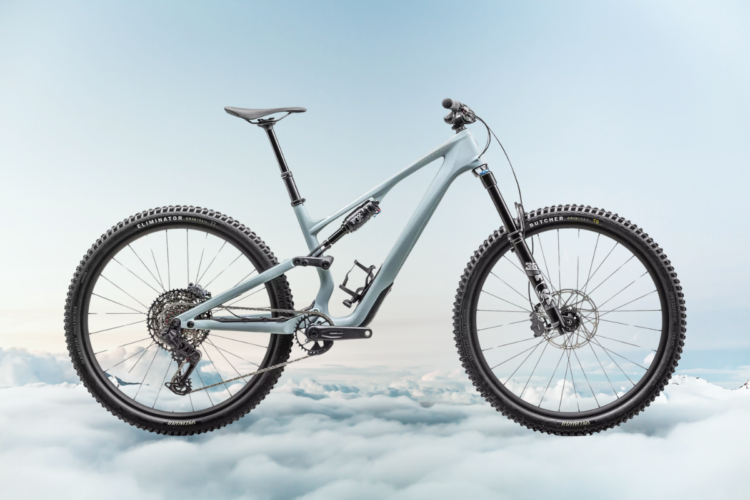

9 Comments
May 29, 2024
C2, the climbing trail to Joe's is really well done, the views really feels like the wild west. The upper parking lot was packed but the lower event lot took the overflow.
The climbing trail to Zippity felt a little over built and I did encounter two riders going down it, which I understood as it looks like a flow trail except it goes uphill. The descending flow/jump trail is very beginner friendly, no real lips on the jumps but some fun step downs and rollers that you can double.
May 30, 2024
If it were up to me, I'd pivot and turn P2 into another great downhill flow trail like E4 since you can already climb western zippity or take the new C2 and hang a left at the top.
E4 is awesome, one of the greatest trails out here. Have whoever built that trail do some more downhill routes :)
May 31, 2024
May 30, 2024
May 31, 2024
May 31, 2024
May 29, 2024
May 29, 2024
May 29, 2024